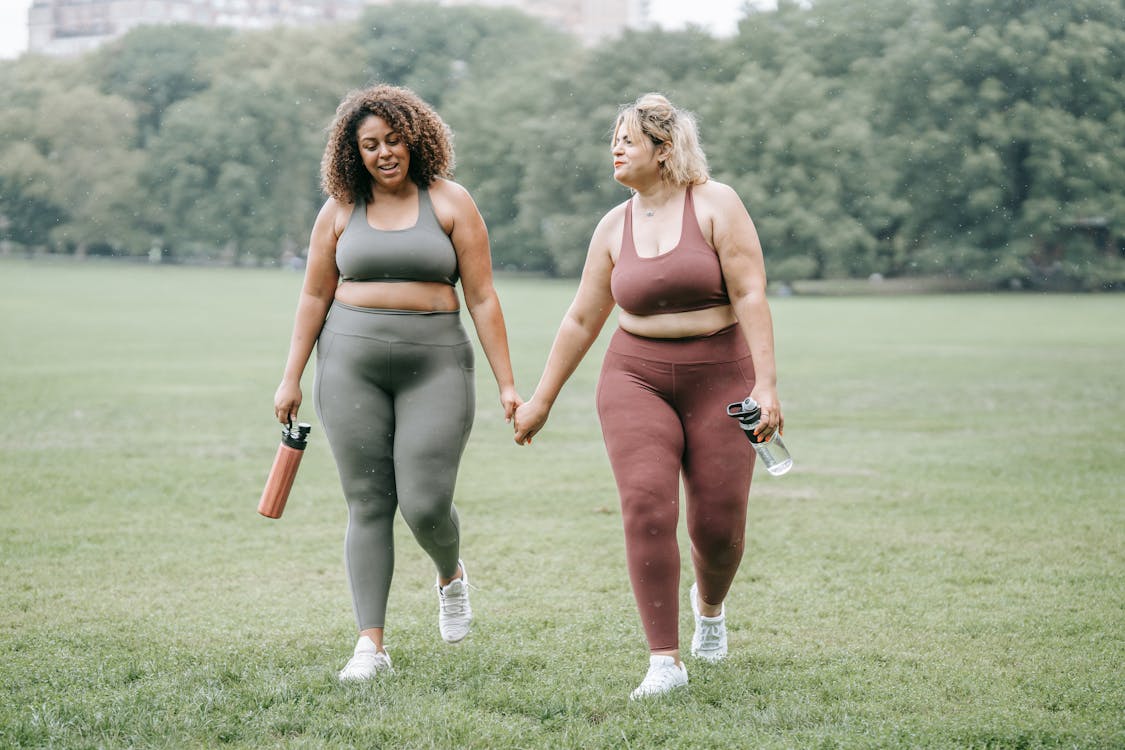A cluttered closet can quickly lead to an untidy mind. When our wardrobes are packed to the brim with items we no longer wear or even remember owning, it can make getting dressed each day a stressful experience. Conversely, a well-organized closet can bring peace, clarity, and efficiency to your daily routine. By reducing the chaos, you can enjoy the simple pleasure of opening your closet door and knowing where everything is—and, more importantly, what you love to wear.
Decluttering your closet involves more than just tossing out old clothes; it’s about reclaiming your space and establishing a functional, organized system that works for you. Whether you prefer a minimalist approach or need to regain control of your wardrobe, the steps to declutter your closet outlined in this blog will guide you. You’ll discover how to effectively declutter and maintain an organized closet, making it easier to uphold a sense of order and style in your everyday life.
5 Quick Steps to Declutter Your Closet
Step 1: Preparing for the Decluttering Process
Before you start pulling clothes off hangers and tossing items into donation bags, mentally preparing for the decluttering process is essential. Having the right mindset is critical—this isn’t just about cleaning up your space; it’s about making decisions that will simplify your life. Visualize the result: a closet where every item has a place and where you only keep what you love and wear regularly. This visualization can motivate you to tackle even the most cluttered wardrobes.
The next step is scheduling time for decluttering. Depending on your closet’s size and time, dedicate a full day or break it into smaller tasks over a week. For example, start with shoes one day, move on to clothes, and finish with accessories. Take your time with this process. The goal is to make thoughtful decisions about each item, not to speed through the decluttering. Set aside blocks of time when you won’t be distracted and can focus entirely on the task.
Gathering supplies is another essential part of preparation. Before you start, make sure you have everything you’ll need. It includes trash bags for clothes that are beyond repair, donation boxes for items in good condition, storage containers for seasonal clothes, labels for organizing, and a full-length mirror to try on items you need clarification on. The right tools will streamline the process and keep you focused on your goal.
Step 2: Decluttering Your Closet
 To honestly assess what you own, you need to start with a clean slate—so take everything out of your closet. Yes, everything. Lay it all out where you can see it clearly, whether on your bed or across the floor. This step is crucial because it forces you to confront the sheer volume of accumulated items. Once your closet is empty, you can visualize the space you have to work with and approach the decluttering process with a fresh perspective.
To honestly assess what you own, you need to start with a clean slate—so take everything out of your closet. Yes, everything. Lay it all out where you can see it clearly, whether on your bed or across the floor. This step is crucial because it forces you to confront the sheer volume of accumulated items. Once your closet is empty, you can visualize the space you have to work with and approach the decluttering process with a fresh perspective.
The next step is sorting your clothes into categories. Start with broad categories, such as tops, bottoms, shoes, and accessories. Then, break those down further, like grouping dresses, jackets, or jeans. By organizing your clothes into categories, you’ll get a better idea of how many similar items you have, which can help you make more informed decisions about what to keep. For example, if you realize you own five pairs of nearly identical black jeans, you might keep one or two and let go of the rest.
Now comes the most challenging part: assessing each item. It is where the real decluttering happens. As you go through each category, you need to evaluate every item and decide if it’s something you want to keep, donate, sell, or discard.
Once you’ve made your decisions, it’s time to deal with the clothes you’re letting go of. For items in good condition, consider donating them to a local charity or thrift store. If you have high-quality pieces you no longer need, you can try selling them online to make extra cash. For items that are too worn out or damaged, look into textile recycling options to minimize waste. Being responsible with how you discard clothes ensures that your decluttering process is both eco-friendly and thoughtful.
Step 3: Organizing Your Closet
With your wardrobe pared down, it’s time to organize the items you’re keeping. Start by upgrading your hangers. Using mismatched or flimsy hangers can create unnecessary clutter and damage your clothes. Invest in uniform hangers—velvet hangers are great for delicate fabrics, while sturdy wooden hangers are ideal for heavy coats and jackets. Matching hangers not only look neater, but they also help maintain the shape of your clothes and maximize space.
Next, think about how you want to organize your clothes. Some people prefer to organize by color, creating a visually appealing gradient from light to dark; others like to group items by type, such as work clothes in one section and casual clothes in another. Organizing by occasion or lifestyle might be most effective if you reach for the same kind of clothing frequently. For instance, you could create sections for work attire, weekend wear, and formal outfits. Choose a system that aligns with how you get dressed each day.
Seasonal storage is a crucial aspect of closet organization, mainly if you have limited space. If it’s summer, pack away your heavy sweaters, coats, and scarves in labeled bins or vacuum-sealed bags to save room. When winter rolls around, swap them out with your warm-weather clothes. Storing out-of-season items ensures that your current wardrobe stays accessible and clutter-free while protecting your clothes from dust and damage during the off-season.
Visibility is critical when organizing your closet. You’re less likely to wear items when buried in the back or stuffed into drawers. Use clear storage bins for accessories like scarves and belts, and keep frequently worn items at eye level for easy access. You can install shelf dividers to keep folded items neat or use drawer organizers to separate smaller pieces like socks and underwear. By keeping everything visible and accessible to reach, you’ll avoid the temptation to toss things haphazardly and instead maintain an orderly space.
Step 4: Keeping Your Closet Clutter-Free
 Once your closet is decluttered and organized, the real challenge begins: keeping it that way. One of the best ways to maintain an organized closet is to follow the “one in, one out” rule. Every time you buy something new, make it a habit to remove an item you no longer wear. This simple rule prevents your closet from filling up again and forces you to be more intentional about your purchases.
Once your closet is decluttered and organized, the real challenge begins: keeping it that way. One of the best ways to maintain an organized closet is to follow the “one in, one out” rule. Every time you buy something new, make it a habit to remove an item you no longer wear. This simple rule prevents your closet from filling up again and forces you to be more intentional about your purchases.
Regular decluttering sessions can also help you stay on track. Set a schedule to review your wardrobe every few months. Your needs and style preferences can change, even if you’ve decluttered. By regularly assessing your clothes, you’ll be able to catch new clutter before it gets out of hand. Make this part of your routine—whether it’s a seasonal clean-out or a quick monthly check.
Another tip for maintaining a clutter-free closet is to adopt mindful shopping habits. Before buying, consider whether the item is essential. Do you already own something similar? Will it complement your existing wardrobe? Avoid impulse buys by considering whether the item fits your style and will be worn regularly. Shopping with intention helps prevent the accumulation of unnecessary clothes that only add to the clutter.
Step 5: Additional Tips
For many people, sentimental items are the hardest to declutter. Whether it’s an old concert T-shirt or a gift from a loved one, we often hold onto clothes for emotional reasons. The key is to be selective. It’s okay to keep a few unique pieces, but if something no longer fits or isn’t worn, consider storing it in a memory box or taking a photo of it as a keepsake. This way, you preserve the memory without cluttering your closet.
Building a functional wardrobe is another way to reduce clutter. Concentrate on versatile, high-quality items that can be combined to create various outfits. A well-curated wardrobe will include items like a classic blazer, a pair of well-fitting jeans, a little black dress, and comfortable shoes. These staples ensure you’re always prepared for any occasion without the need for excessive clothing.
Finally, maintenance is vital in preserving your hard work. Make a habit of keeping your closet clean and organized. Regularly dust shelves, wipe down surfaces, and check for any clothes that need repair. Using lavender sachets or cedar blocks, you can also protect your clothes from moths and other pests. Maintenance goes a long way in ensuring your closet stays clutter-free and functional.
Conclusion
Decluttering your closet isn’t just a task—it’s an opportunity to simplify your life and regain control over your personal space. Following these steps, you can create an organized, functional wardrobe that makes getting dressed daily a breeze. With regular maintenance and mindful shopping, you can keep your closet clutter-free and enjoy the benefits of a well-ordered space for years.
Beyond tidying up, decluttering can also lead to a more evident mindset, helping you feel more focused and at ease. An organized closet makes it easier to define your style, save time in the mornings, and appreciate the items you truly love. So why wait? Start decluttering today and discover the joy of a more organized life!








